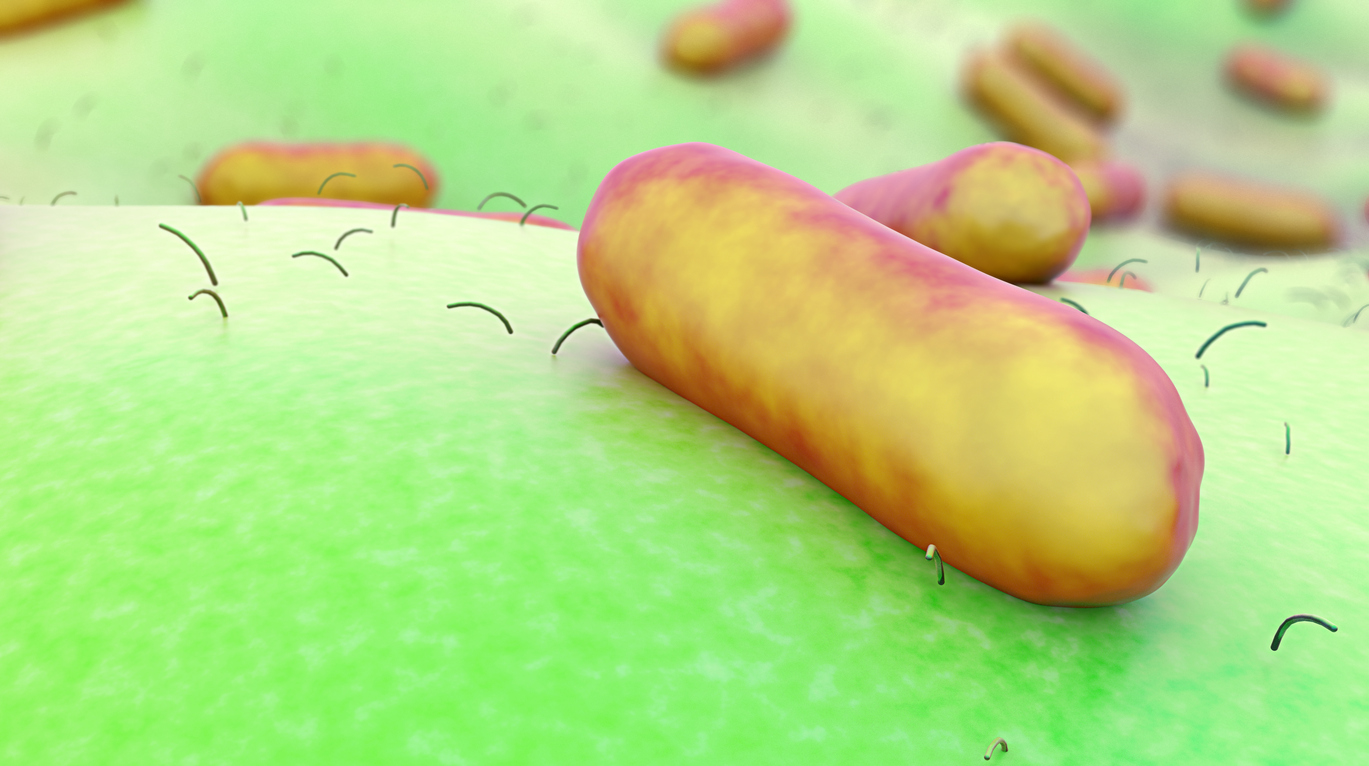Understanding urinary incontinence
/Millions of adults in the United States have urinary incontinence – anywhere from a quarter to a third of Americans suffer from this condition. Urinary incontinence (UI) is the involuntary leaking of urine when you don’t intend to go to the bathroom. A person with UI is unable to hold urine in the bladder due to the urinary sphincter being weakened. When someone experiences UI, it can range from leaking a small amount of urine such as when coughing or laughing to having a strong urge to urinate that is difficult to control.
The problem of UI is compounded not only of the inconvenience but also because it affects a person’s emotional, psychological, and social life. When you are worried about UI, you may avoid normal daily activities and stop doing the things you enjoy in life.
It is important to talk to your doctor if you have this problem. Hiding urinary incontinence and not getting it treated can run the risk of getting rashes, sores, skin infections, and urinary tract infections. Also, you could find yourself in an embarrassing situation of leaking urine or you may start avoiding social situations, friends and family because of fear of it happening.
Causes of UI
· Aging – it is most common in people older than 50 years of age, especially women
· Pregnancy, delivery and the number of children you’ve had
· Certain medications are linked to UI
· Diabetes, stroke, high blood pressure, and smoking
· Obesity
Types of UI
The one thing UI is not is a disease. Rather, UI is a symptom of many conditions and it is not hereditary. Older women tend to have more issues with UI than men. There are four type of UI:
1. Stress Urinary Incontinence
This is one of the most common types of UI, particularly in women, due to weak pelvic muscles that have been stretched and allow urine to leak out. When a person does any kind of physical activity such as walking, bending, lifting, or sneezing/coughing, leaking can occur. The amount of urine leaked can vary from just a few drops to a tablespoon or more.
One thing you can do to strengthen the weak pelvic muscles is to do kegel exercises. Making lifestyle changes from wearing pads or surgery can be way to manage this type of UI.
This type of UI is where a person get a sudden urge to urinate needing to find a bathroom right away. It affects more than 30% of men and 40% of women and hinders their social life due to the fear of having to be near a bathroom at all times.
In overactive bladder incontinence, the brain is telling your bladder to empty itself even if it is not full or the bladder muscles are too active by contracting to pass urine before the bladder is full. When a person gets the feeling of having “to go” they cannot control it. The symptoms can also occur during the night causing a person to have to get up frequently.
Men who have had prostate issues and women who’ve gone through menopause are more likely to have overactive bladder.
When a person leak urine with activity (stress urinary incontinence) and feels the urge to go right away (overactive bladder), this is mixed incontinence.
The body is making more urine than the bladder can hold or the bladder is full and cannot empty so that it causes it to leak urine. Or there could be something blocking the flow or the bladder muscle may not contract like it should.
Women rarely get overflow incontinence but it is more common in men who have prostate problems or who’ve had prostate surgery.
Treatment of UI
Treatment for UI depends on the type, severity and underlying cause of the UI you have.
Techniques to control UI might include:
· Bladder training to delay urination after you get the urge to go is one technique to try. Try holding off for 10 minutes every time you have an urge to urinate with the goal being to lengthen the time between trips to the toilet.
· Try double voiding – this means urinating, then waiting a few minutes and then trying again. This teaches you to empty your bladder more completely to avoid overflow incontinence.
· Have scheduled bathroom times – Instead of waiting for the urge to go to the bathroom, go every two to four hours.
· Manage your intake of food and fluids – this can help regain control of your bladder. It helps to reduce intake of alcohol, caffeine, or acidic foods.
· Pelvic floor exercises such as kegels.
· Electrical stimulation which includes inserting into your rectum or vagina electrodes to stimulate or strengthen pelvic floor muscles.
· There are various medications that can be helpful. Discuss with your doctor which ones may be right for you.
· Surgical procedures are another option if other treatments are not working.

